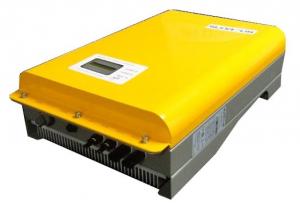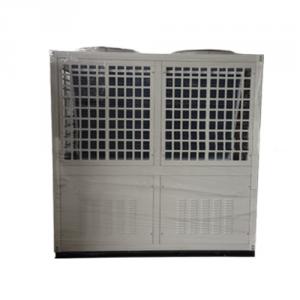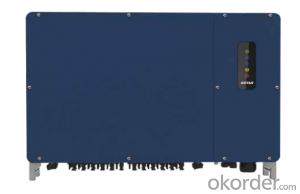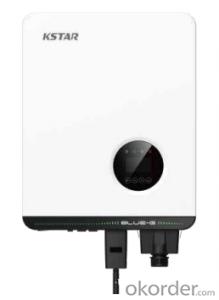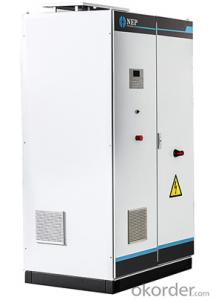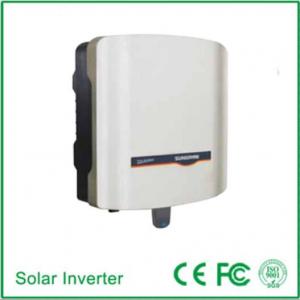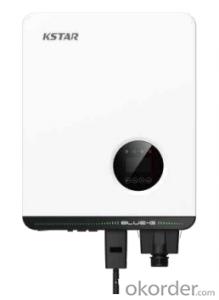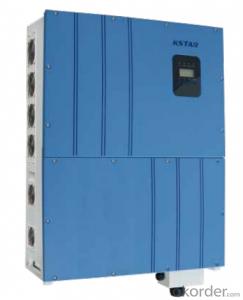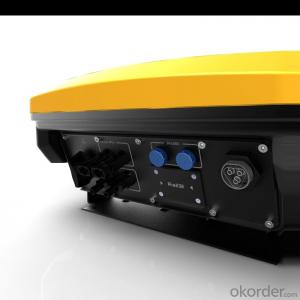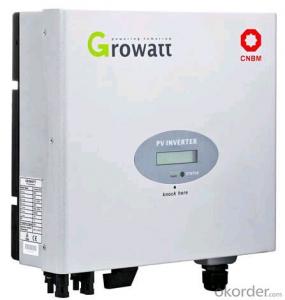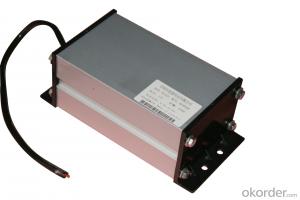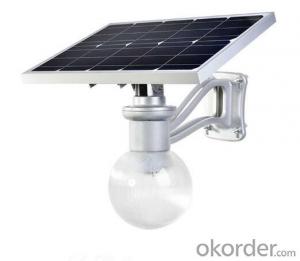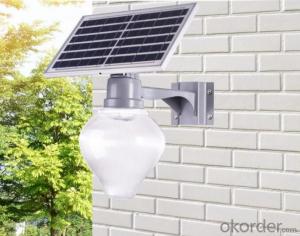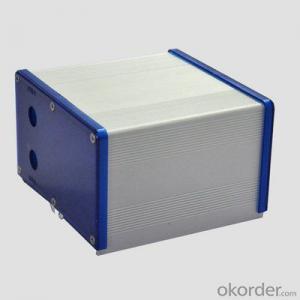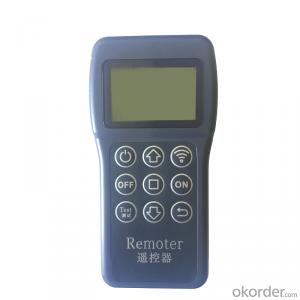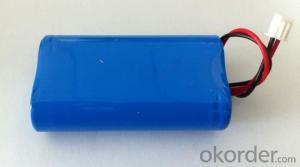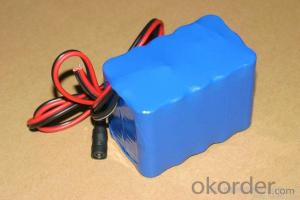Studer Solar Inverter
Studer Solar Inverter Related Searches
Inverter Solar Inverter Solar Inverter Inverter Inverter Solar Controller Solar Controller Inverter Solar Solar Inverter Solar Charger Inverter Inverter Solar Solar Converter Inverter Solaredge Solar Inverter Suoer Solar Inverter Inverter Charger Solar Smart Inverter Solar Solar Smart Inverter Inverter Hybrid Solar Smart Solar Inverter Inverter Controller Solar Suoer Solar Power Inverter Sunshine Solar Inverter Inverter Battery Solar Charger Solar Module Inverter Inverter Solar Hybrid Star Solar Inverter Inverter Power Solar Power Inverter Solar Charger Solar Storage Inverter Power Inverter Solar Solar Panel Solar Inverter Solar Inverter Solar Panel Power Inverter Solar Power Solar Grid InverterStuder Solar Inverter Supplier & Manufacturer from China
Studer Solar Inverter is a line of high-quality solar power inverters designed to optimize the performance of solar energy systems. These inverters are engineered to convert the direct current (DC) generated by solar panels into alternating current (AC) that can be used by homes and businesses. They are known for their efficiency, reliability, and ease of installation, making them a popular choice among solar energy enthusiasts and professionals alike.The Studer Solar Inverter is widely used in various applications, such as residential rooftops, commercial buildings, and large-scale solar farms. These inverters are designed to handle different power capacities, catering to the varying energy needs of different setups. They are also compatible with a wide range of solar panel brands, ensuring seamless integration into existing or new solar energy systems. The versatility and performance of Studer Solar Inverters make them a valuable addition to any solar power project, helping to maximize energy output and reduce reliance on traditional energy sources.
Okorder.com is a leading wholesale supplier of Studer Solar Inverters, offering a vast inventory of these high-performance devices at competitive prices. As a trusted distributor, Okorder.com ensures that customers receive genuine, top-quality products, backed by reliable customer service and support. With a large inventory of Studer Solar Inverters, Okorder.com is well-equipped to meet the demands of both small-scale residential projects and large-scale commercial installations, providing customers with the resources they need to harness the power of the sun and reduce their carbon footprint.
Hot Products

